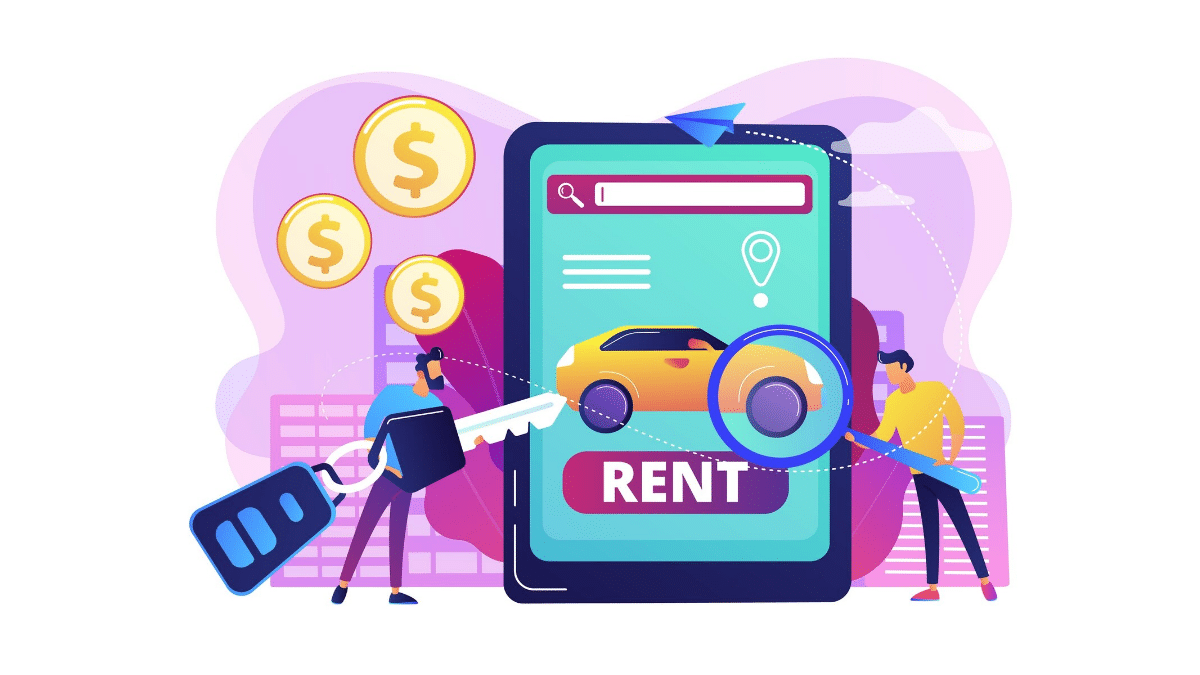Over the past decade business models have increasingly shifted away from traditional sales models and more towards leasing, rental and subscription services. While initially driven by developing technologies, the overwhelming scale of this shift has been sustained by continuously evolving user preferences.
According to a recent survey, 68% of adults today no longer value possessions and do not believe that ownership defines them. Subscription services have made product ownership largely obsolete, as consumers can now access the products and services they need without having to own them.
With subscription models, the company retains the physical product or service and provides customers ongoing access in return for ongoing payment. Traditional examples included mobile phone contracts and gym memberships, but this model is now also used by businesses in entertainment, vehicle leasing, personal grooming products and even food shopping.
This shift is not only beneficial for businesses but can also offer wide-ranging benefits to consumers.
Contents
1. Accessibility and affordability
Subscription and leasing models will often provide accessibility to consumers who simply do not have the finances to purchase expensive items outright.
Ongoing payments are typically just a fraction of the upfront purchase price and, in most cases, consumers also avoid ongoing maintenance costs, which makes expensive products like cars, high-end electronics or designer clothing much more affordable.
This does mean that consumers will never own the product themselves and are therefore reliant on ongoing payments to maintain their access, but ultimately they can access products and services that they otherwise would not be able to.
2. Variety and flexibility
These models provide consumers with a much wider selection of products and services than they could access through traditional ownership.
Movie streaming services offer vast libraries of content, car-sharing services provide various vehicle types and fashion rental platforms offer a near-infinite rotating wardrobe. This variety and flexibility enhances the consumer’s experience without the immense cost and added hassle of purchasing and maintenance.
3. No maintenance responsibilities
When consumers lease or subscribe to products or services, they often avoid the ongoing hassles of maintenance, repairs and upgrades. This frees up time and resources and means that consumers can enjoy products and services without the associated responsibilities.
These benefits are seen across a variety of businesses. For example, Quadrant2Design is an exhibition stand design and build contractor popular for its unique Free Hire model, through which customers borrow their exhibition stand hardware for each event, removing the added costs of ownership, maintenance, storage and transportation, and offering a variety of other benefits.
4. Stay up-to-date
In rapidly developing industries, subscriptions or product leases ensure that consumers maintain ongoing access to the latest cutting-edge technology.
Mobile phone contracts often include the option to upgrade your handset after a fixed term, which keeps consumers up-to-date with the latest products without the need for frequent and expensive new purchases.
5. Reduced environmental impact
Subscription and leasing models promote sustainability by reducing the repeated demand for brand-new products. Because consumers share resources, often digitally, this reduces the environmental impact of manufacturing the equivalent physical products from scratch.
If, for example, every movie available through streaming services had to be made into a DVD for each customer, that would mean a huge resource cost and a huge amount of waste.
6. Reduced risk when experimenting
When consumers purchase a new product they commit to ownership and all of the financial or logistical headaches that come with it.
This makes purchasing a big commitment, particularly when concerned with expensive items like property or vehicles. With leasing and rental models, consumers are less committed (sans any contractual obligations) and can try out products and services before committing to long-term ownership.
If a rented product or service doesn’t meet their needs, they can terminate the arrangement without the additional burden of disposal or reselling.
7. Customisation
Many subscription services use data and algorithms to offer personalised recommendations, tailoring offerings to each customer’s individual needs and preferences.
Automated customisation, when done right, enhances customer satisfaction and engagement and continually improves the customer experience over the long term.
8. Convenience and time savings
Access-based models offer unparalleled convenience. Consumers can enjoy services like home-delivered meal kits, streaming entertainment and hand-picked clothing, without the need for extensive shopping or meal preparation.
Because most of these services are delivered straight to the consumer’s home it also means that they can access the products they want without lifting a finger.
9. Increased bargaining power
With a traditional purchase model, customers often lose their bargaining power once any return policy deadlines have passed. With subscription services, on the other hand, customers maintain their bargaining power because businesses are dependent on their ongoing payment.
Subscription customers assess the quality of their subscriptions at every point of contact. Because these customers pay a regular fee, as their relationship with the business develops they have a much greater chance of negotiating what they want than a customer who has already made the single payment they will make.
Conclusion
The shift in business models from ownership to access has ushered in a new era of consumer empowerment.
This shift not only aligns with the changing preferences of modern consumers but also represents a win-win scenario for both businesses and their customers. While businesses benefit from ongoing payment, the consumer in turn benefits from increased affordability, flexibility, convenience, bargaining power and environmental sustainability.
As this trend continues to evolve, consumers can look forward to even more opportunities for choice, convenience and financial flexibility in their daily lives.

